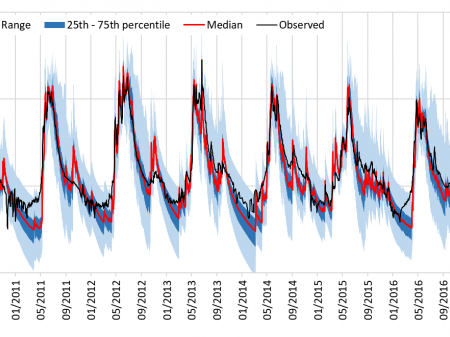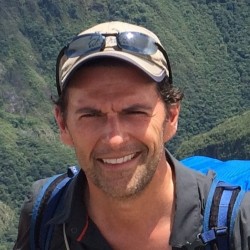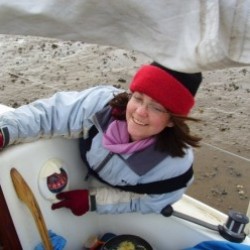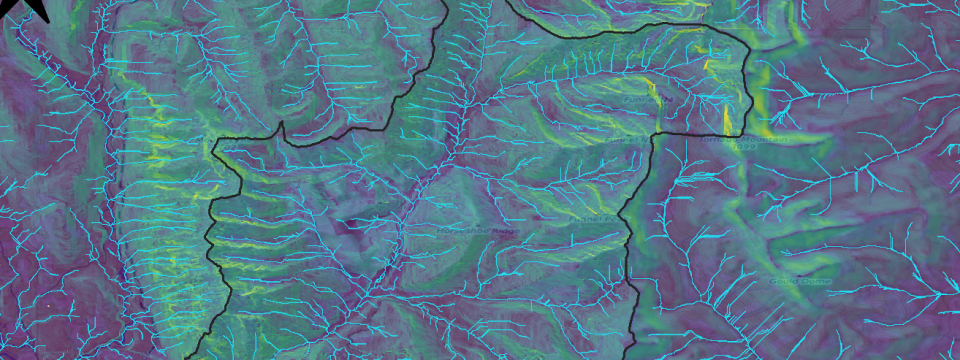MORE ON MODELLING
Geo-environmental modelling: What are they good for?
In the geo-environmental world modelling soil and groundwater for geotechnical and contaminant transport purposes is very common. However, despite their widespread use, there appears to be some confusion over the purpose of a model.
It is generally recognised that models are typically created for three purposes:
1) to test the effects of changes in a system,
2) to develop scientific understanding of a system, and
3) to aid in decision making.
It seems that many believe that the purpose of modelling is to predict an outcome, where the outcome is an objective truth. However, a model cannot provide an objective truth.
At best, a model (this includes all models geo-environmental) is a reasonable approximation of a real ‘system’. As a rule, models are based on simplified physical processes, calculated by simplified maths, and all based on simplified conceptual understanding of how the system works. In short, all models are inherently inexact.
So, if models are mere approximations, why do we bother to use them? Because approximations help us understand how the system will behave and with careful study of the model response and sound professional judgement models can be used to test optimistic and pessimistic conditions and assumptions. Indeed, most geo-environmental models are developed to test pessimistic conditions and assumption so that reasonably conservative conclusions can be drawn. In short, the purpose of a geo-environmental model is to enable sound decision making. Nothing more. Nothing Less.
So, let’s keep modelling (geo-environmental modelling in particular) in its proper perspective and leave the search for truth to the philosophers.









